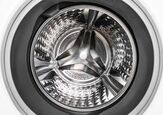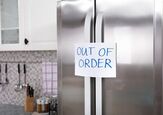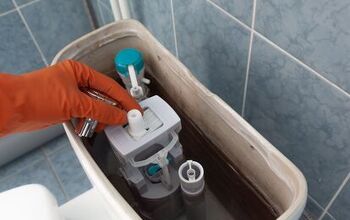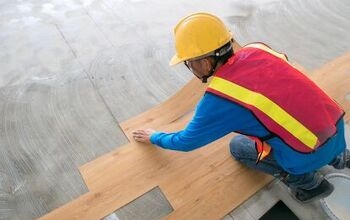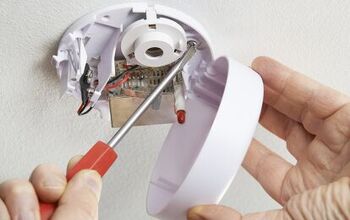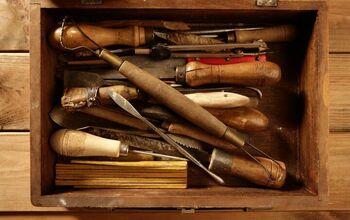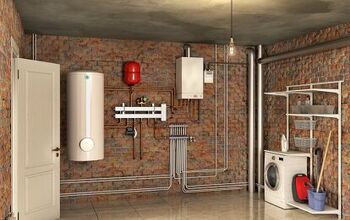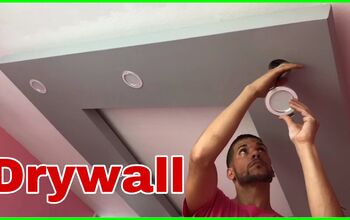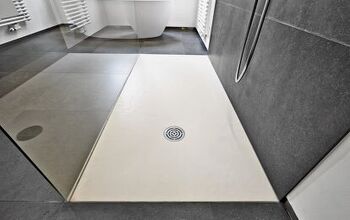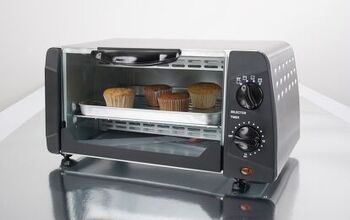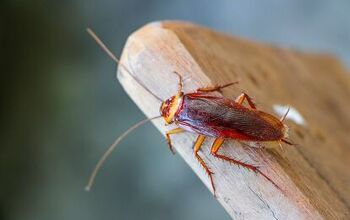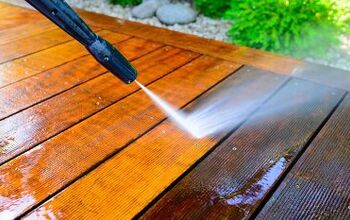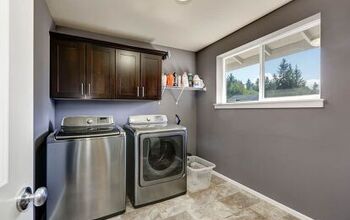How Often Should I Fill And Clean My Birdbath?

There are many benefits to having a birdbath in your yard. This garden feature attracts various species of birds, which is great for bird watchers and for the plants in your garden. Birds and other pollinators flock to these pools of water, pollinate your garden, and eat many garden pests at the same time. To ensure your birdbath continues to serve a vital function on your property, you need to know how to properly clean and fill it.
Keep your birdbath filled at all times, adding water every one to three days. Clean your birdbath weekly, or more frequently if you notice the water is murky. Stick to a regular cleaning schedule to ensure birds continue to visit. Consider adding a copper coin to avoid algae buildup, invest in a fountain to avoid stagnant water, and always clean it with diluted vinegar or another natural solution.
Birdbaths are a fixture in gardens worldwide. But far too often, these structures sit dry and empty, or are filled with dirty and algae-filled water. If you own a birdbath, then you need to properly maintain it to enjoy all the benefits these decorative watering holes provide. Keep reading to learn all about when to fill and clean your birdbath, so it’s always a haven for your feathered friends.
How Often Should I Fill My Birdbath?
Birdbaths are nice to look at, but if you want your birdbath to be decorative and functional, then it needs to have water in its basin. As a rule of thumb, you should add water to your birdbath every day or every other day.
The frequency with which you should fill your birdbath depends on several factors, including climate, the size of the bath, and its location. There are also several visual cues, listed below, that help inform you it’s time to fill a birdbath.
Four Signs It’s Time To Fill Your Birdbath
1. The Water Level Is Low
The most obvious sign it's time to add water to your birdbath is when you notice the water level drop. If there’s no water in your birdbath, then birds and other productive pollinators will fly elsewhere to find a water source. To attract more birds to your yard, fill your bird bath anytime the water level is low.
2. The Water Is Murky Or Dirty
If the water has sat stagnant for many days, it will usually change color, or even develop a nasty film or algae. If you see this, it’s time to empty and refill your birdbath, as it indicates it has been many days (or weeks) since you refilled the bath yourself.
3. Birds Stop Visiting The Bath
If your birdbath is usually a hub of bird activity, but you notice fewer and fewer birds visiting, it might be time to fill it. Birds will stop using a birdbath when it is drying up. They need water to drink and clean their feathers. If you notice a decline in bird sightings, check the water level in your birdbath.
4. It’s Been Longer Than A Week
Birdbaths should be filled every one to two days. Therefore, if it’s been longer than a week, or you can’t remember the last time you filled your birdbath, then it’s time to add water. After a week or longer, consider cleaning the birdbath thoroughly before refilling it.
When Should I Clean My Birdbath?
It’s a good idea to clean your birdbath thoroughly at least once a week. This will prevent algae formation and stains. It will also reduce the risk of bacteria and mosquito larvae growth. In the late spring and summer months, when it’s hot and birds are more active, you should wash your birdbath more frequently.
Some people even clean their birdbath on a daily basis before refilling it. The frequency with which you should clean a birdbath can vary based on several factors listed below.
Four Factors That Impact When You Should Clean A Birdbath
1. Temperature
Temperature is one of the main variables that affect how often you should clean a birdbath. As the weather heats up, it becomes easier for bacteria to thrive and multiply in water. Warm temperatures also make a birdbath a prime location for mosquitoes and other insects to lay eggs.
In summer months, clean your birdbath more frequently to keep it clean and free of bug larvae and bacteria.
2. How Often Birds Use It
The popularity of your birdbath also impacts how often you should clean it. Since birds spend lots of time in these baths, it also means they use them not only as a watering hole, but also as a toilet. Birds clean themselves in this water too, which means feathers, dirt, and excrement quickly build up in the water, especially if it’s a popular hangout.
3. Rainfall
Rainfall can impact how often you should fill your birdbath, and also how frequently you should clean it. While rainfall helps keep a birdbath full, it doesn’t always help keep it clean. High humidity and frequent rainfall can encourage the growth of algae and other bacteria, which means your birdbath will need more frequent cleaning.
4. Where It’s Located In Your Yard
The location of your bird bath, as well as what’s nearby, impact how clean or dirty the water gets. If it’s the tallest object in your garden, then there’s a low chance of debris falling into it regularly.
If, however, it’s underneath tall plants or tree branches, then leaves and other natural materials will fall into the water. The more debris that falls into the bath, the more frequently you need to clean it.
Five Tips To Make Cleaning Your Birdbath Easier
1. Stick To A Regular Cleaning Schedule
To keep any area consistently clean, you should stick to a regular cleaning schedule. Birdbath maintenance is no different. Clean your birdbath at least once a week.
Many gardeners clean birdbaths whenever it’s time to water the garden. Regardless of how you do it, once you establish a cleaning schedule, make sure you stick to it.
2. Empty The Birdbath Before Cleaning
To avoid smells and mess, it's a good idea to empty your bir bath before cleaning it. This makes cleaning easier and more efficient. Alternatively, use a garden hose on a high-pressure setting to blast out discolored water, algae, and debris to make cleaning less of a drag.
3. Use A DIY Cleaning Solution With Vinegar
Remember to never use toxic chemicals when cleaning a birdbath. Chemicals can endanger the health of any animals who use it later. Instead, opt for an easy DIY solution of vinegar and water. Generally, a ratio of one part vinegar to eight or nine parts water works well.
This will kill bacteria and remove simple stains without harming any wildlife.
4. Add A Piece Of Copper To The Bath
You may find pennies in wishing wells, but few people know that copper coins (and copper in general) serve a practical purpose in water baths. Copper is effective at inhibiting algae growth. Therefore, consider adding a copper coin or any small copper object to reduce the risk of algae formation in your birdbath.
5. Consider A Birdbath With A Fountain
Birdbaths come in many shapes and styles. Many birdbaths even have a small fountain or lazy river. Birdbaths with moving water are a great way to attract hummingbirds and other bird species.
Furthermore, birdbaths with fountains are less stagnant, which means they are less likely to grow algae and insect larvae. This also means they tend to be easier to clean than one with constantly stagnant water.
Final Notes On How And When To Fill And Clean Your Birdbath
A birdbath can be a great addition to any yard. They attract birds and other pollinators, and best of all, these animals can also help keep garden pests at bay. To ensure birds continuously visit your birdbath, you need to keep it filled and clean.
You should fill your birdbath every one to three days, depending on factors that include birdbath size, weather, and its popularity. Birdbaths should be cleaned at least once a week. Stick to a regular cleaning schedule, and if your birdbath is particularly popular, clean it more frequently.
Related Guides:

Tom Gaffey is an expert writer who currently resides in Washington D.C. Tom has a passion for real estate and home improvement writing, as well as travel and lifestyle writing. He lived the last twelve years in Hawaii where he worked closely with luxury resorts and event planners, mastering his knowledge of aesthetics and luxury products. This is where he found his passion for home improvement and a keen interest in DIY projects. Currently, Tom resides in Washington D.C, and also working on his debut fiction novel.
More by Tom Gaffey

